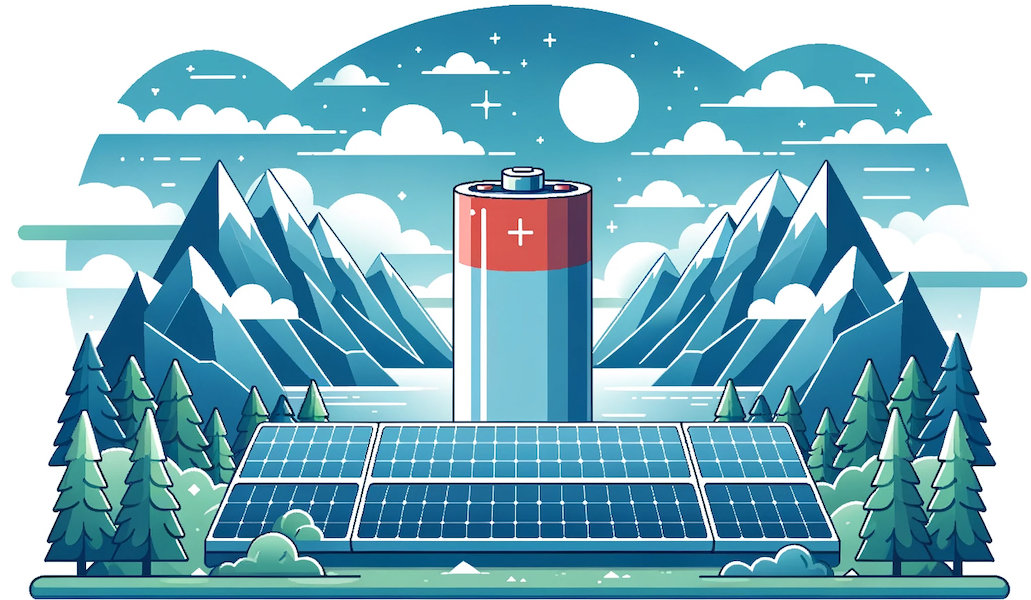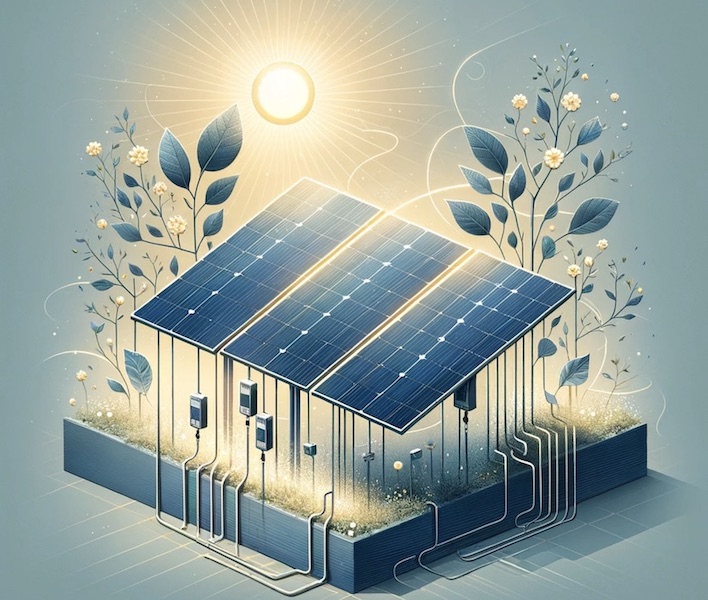Mounting Solar Panels on a Wall: An In-Depth Guide
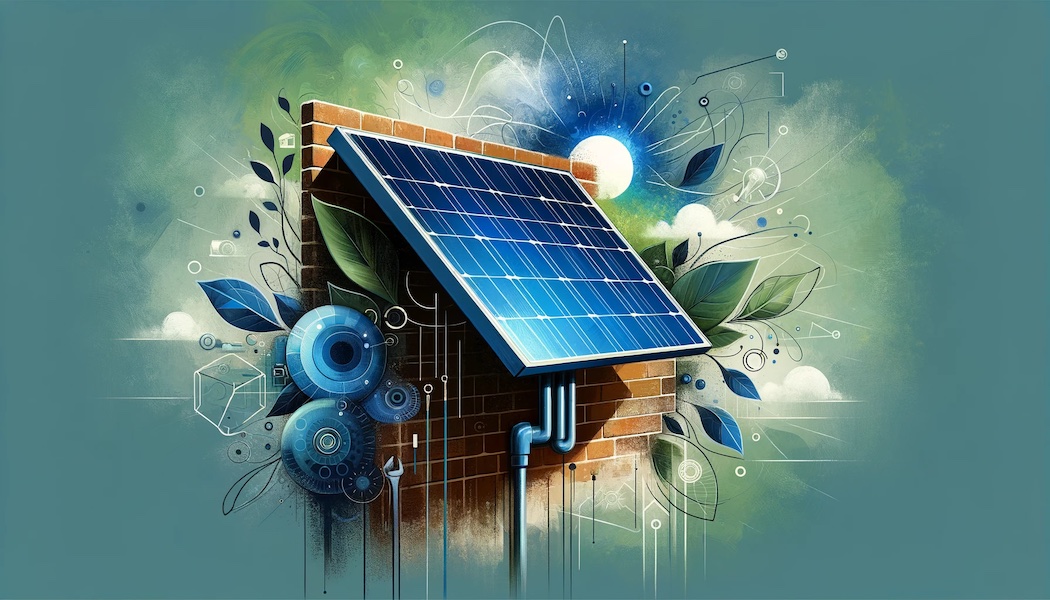
In This Article:
Can I Install Solar Panels on a Wall?
Yes, it is fairly common and has advantages and disadvantages. On top of being an alternative to a roof, walls are viable expansion places.
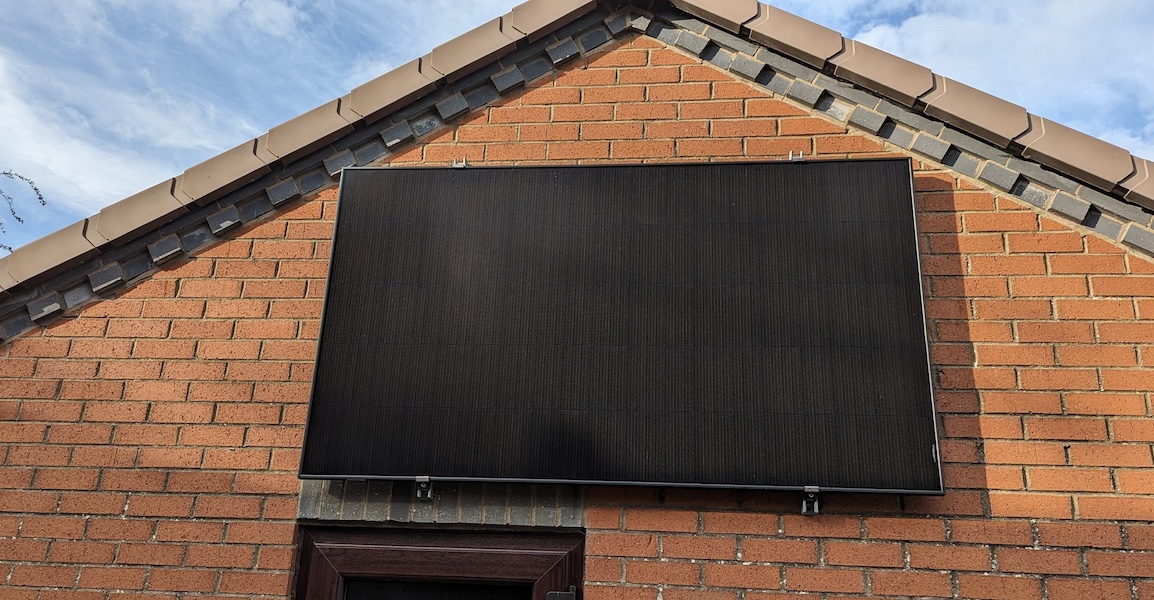
Planning permission
According to the planning portal, installing solar panels and equipment on residential buildings falls under permitted development.
Mandatory Limits Apply
In an elaboration of the requirements, the planning portal offers a list of mandatory requirements concerning roof and wall-mounted solar panels.
- Panels should not be installed above the highest part of the roof (excluding the chimney) and should project at most 200mm from the roof slope or wall surface.
- Do not install the panels on a listed building’s grounds or a scheduled monument site to preserve their historical significance.
- If your property is in a conservation area or a World Heritage Site, panels must not be fitted to a wall which fronts a highway.
These rules are general, and stricter local permission requirements may override them. Make sure to confirm with your local authority before you start your project.
Weight Considerations
The wall’s structural integrity is crucial to support the weight of the solar panels and mounting equipment. This might necessitate an engineering assessment and potential reinforcement, particularly for older buildings.
Advantages of Wall-Mounted Solar Panels
For year-round production, mounting panels on walls is not optimal. The 80°-90° angle places them at a disadvantage during significant parts of the year. Especially the summer months when we have the best potential for harvesting solar energy in the northern hemisphere. However, near vertical panels are not without advantages.
Space Optimisation
For properties with limited or unsuitable roof space, walls present an alternative installation surface. Thus keeping the roof surface for other uses or entirely away from it. For example, your roof is quite old and potentially not as sound as it was. However, you think it has a few years left in it before a major repair is needed. Therefore, you don’t want to mount panels on it and cause damage or have to remove the panels when you repair it.
Efficiency Considerations
While wall-mounted panels are generally less efficient than roof-mounted ones, they can be viable in certain scenarios. South-facing walls offer the best sunlight exposure. The tilt and direction of panels are crucial for optimising efficiency, with a 60-degree angle ideal for capturing low winter sun.
Winter Sun Capture
Vertical panels can be more effective at capturing low winter sun. The further north you are, the more pronounced this seasonal benefit. In the UK, the winter sun is relatively low and energy usage typically increases during winter. Therefore, wall-mounted panels can be particularly beneficial here.
Without projecting a panel beyond 200mm from the wall, from the wall, you can mount a typical panel with dimensions 170cm by 110cm at around 80°.
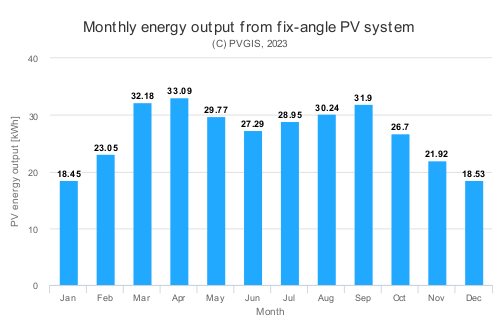
Practical Aspects of Installation
There are multiple options for mounting panels on a wall. I will outline some options and share my experience mounting eight panels on a vertical wall for a DIY project.
Specialised Wall Brackets
There are purpose-built solutions on the market for mounting solar panels on walls. These are costly, and you need to buy them for each panel.
The added cost is an important consideration.
However, the advantage of these systems is that you can angle your panels more easily, as this functionality is built-in.
The ease of adjusting the mounting angle can help you increase your energy production throughout the year.
| Tilt Angle | 90° | 80° |
|---|---|---|
| PV installed [Wp]: | 400 | 400 |
| Yearly PV energy production [kWh]: | 291.86 | 330.35 |
As you can see from the table above, reducing the angle by 10° gives us an additional ~40kWh of energy a year. For reference, the optimal tilt angle for the panel in this situation is 40°.
Mounting Solar Panels on Unistrut Rails
Unistrut rails provide secure and adjustable mounting solutions for various wall types and materials. Another advantage of Unistrut rails is that they are a cost-effective solution with proven longevity. It is universally available from local electric supply wholesalers, too. Additionally, fittings, angles and other available accessories can turn this into a customised solution that fits your project.

Clamps for unistrut
Solar panel clamps for unistrut are cheap, easy to work with and just as widely available. However, there is a specific difference between these clamps and most roof mounting system clamps. The Unistrut clamps have end and middle clamp flavours. Unlike other systems, you cannot use the middle clamps as end ones.

Using Fastensol Clamps with Unistrut Nuts
On a relevant DIY project, we used Fastensol clamps and replaced their nuts with M8 unistrut nuts. The total price of a clamp was reasonable, going around £1.5 a piece. Here are some links to see what the clamps look like:
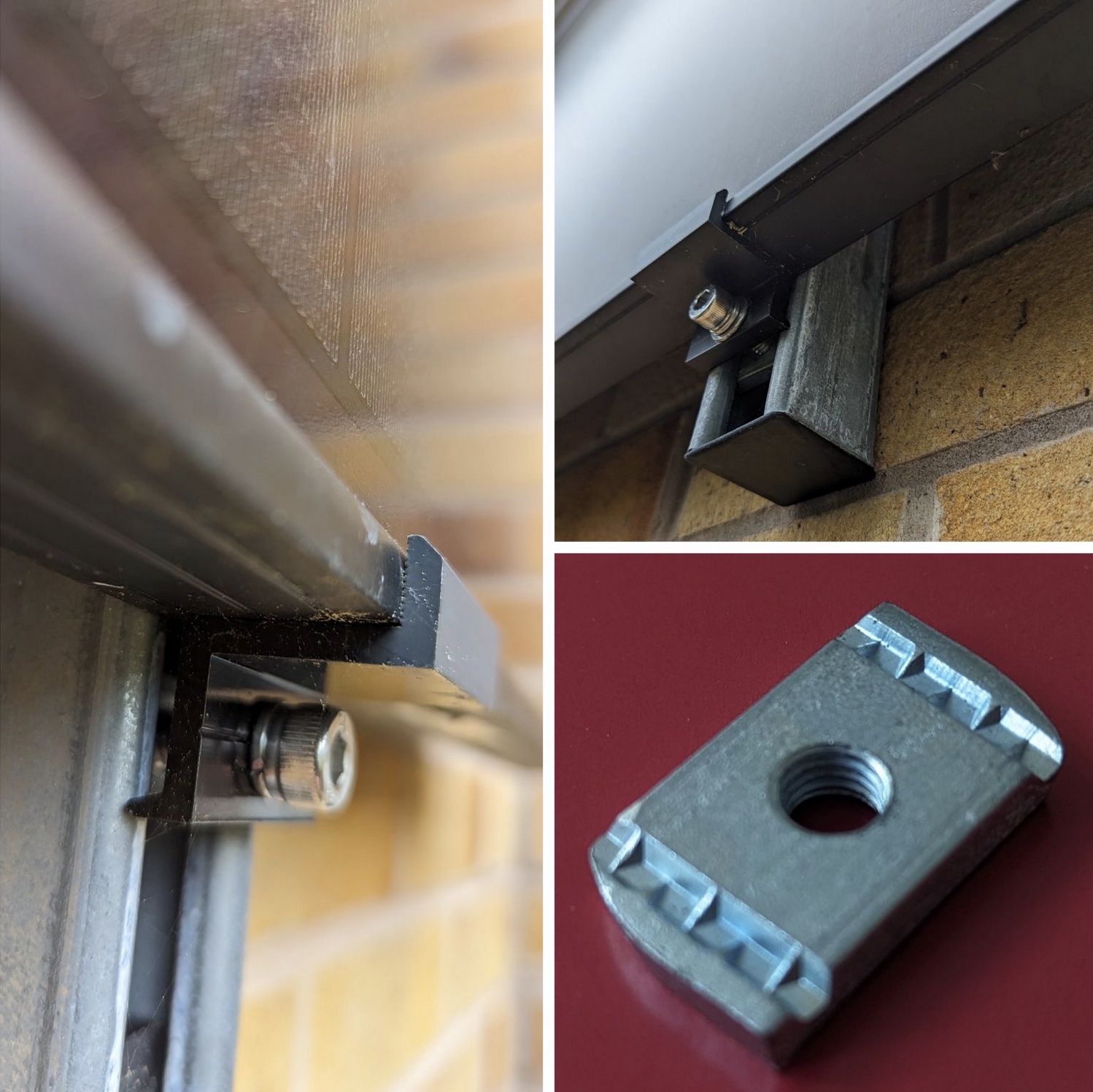
Vertical Slip
Here is the inside of the Unistrut rail alongised the stud nut.
These nuts are sold for unistrut but you can fit them on the solar panel clamps easily.
You can see that vertical slip is nigh impossible when fastened tightly.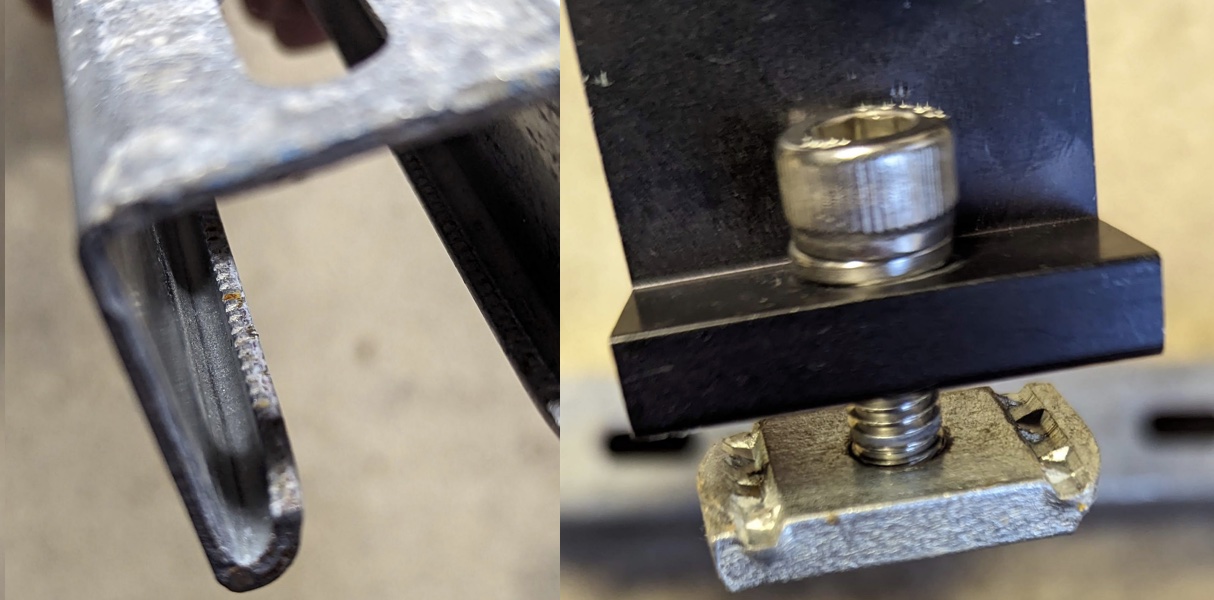
DIY Working at Heights and Lifting Panels
Installing solar panels on a wall is a relatively simple DIY project. It is, however, a job for the more experienced DIYers. It requires capable power tools for drilling into the masonry and experience in fixing heavy objects.
Working at Heights
For safe and efficient installation, you can use a scaffolding tower. You can hire one of these for less than £200 a week. In my experience, it isn’t a fast DIY job. Hiring for a week should give you a comfortable time frame to fit the panels on the wall. Scaffolding towers are lightweight and easy to build, and most vendors deliver and collect from your home.
Mounting Solar Panels on Fences and Boundary Walls
Innovative solutions often arise from the need to maximise space utilisation. An emerging trend in home solar energy is the mounting of solar panels on fences and boundary walls. This ingenious approach capitalises on unused vertical space. Additionally, it offers a host of advantages, ranging from amplified energy production to elevated property aesthetics.
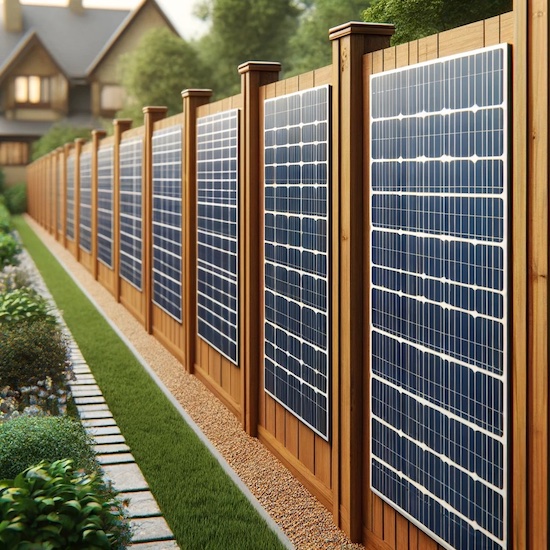
Risks of Placing Solar Pnales On A Fence or Boundary Wall
Almost everything about mounting panels on a wall applies here, too. A stark difference here is that fences and boundary walls are at a higher risk from damage. This can come from wind or other intrusions such as debris or even cars. Therefore, not all fences are suitable for hosting solar panels.
Nevertheless, the constant drop in prices of solar panels stimulates creative thinking on where else homeowners might place some more of them.
Conclusion
Wall-mounted solar panels offer a viable alternative for UK properties with unsuitable roofs. While specific considerations regarding installation, regulations, and efficiency exist, they present an innovative way to harness solar energy, especially during winter. Consulting with professionals is recommended to ensure a safe and compliant installation.
Did you like this article? Would you like to share your feedback? Head over to Solar Energy Concepts, where you can talk about this article and share your thoughts.
Back to TopSee Also
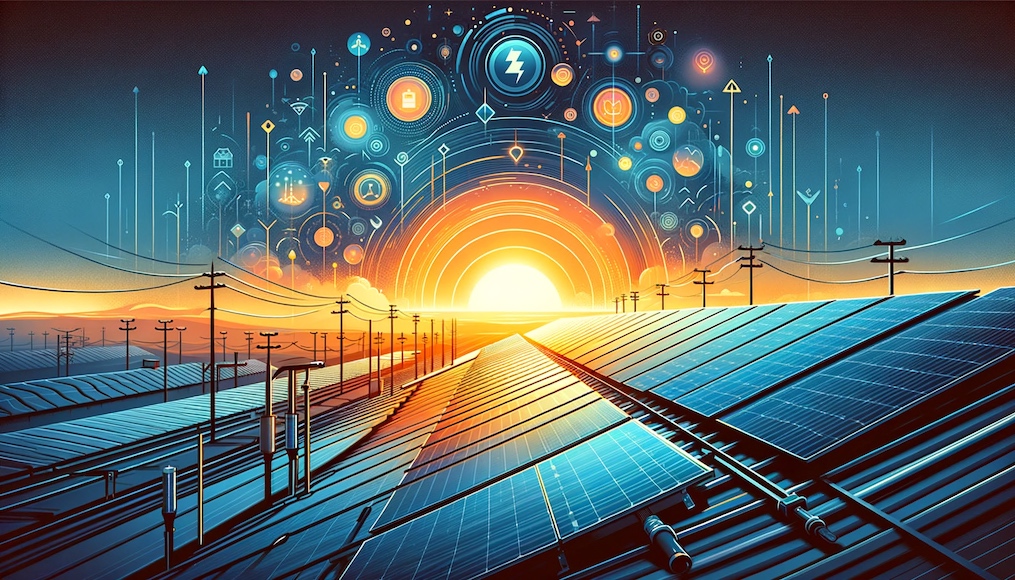 Rooftop Solar Panels Install Guide: Equipment, Tools & Tips
Rooftop Solar Panels Install Guide: Equipment, Tools & Tips
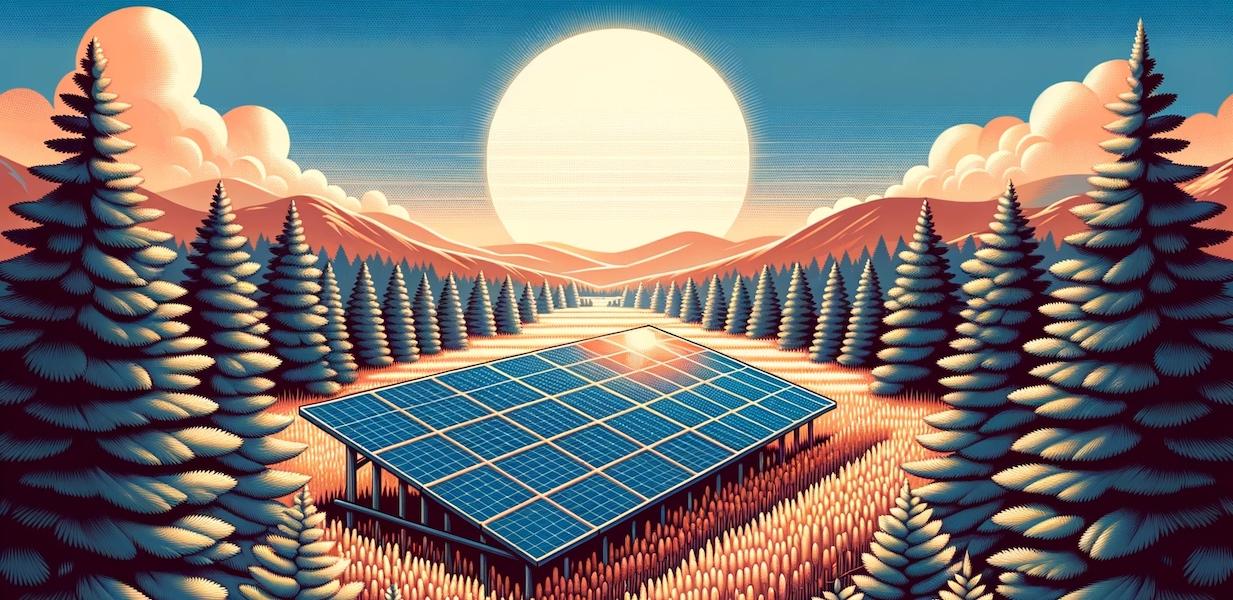 Solar Panel Guide: Size, Electricity Generation, and Output
Solar Panel Guide: Size, Electricity Generation, and Output
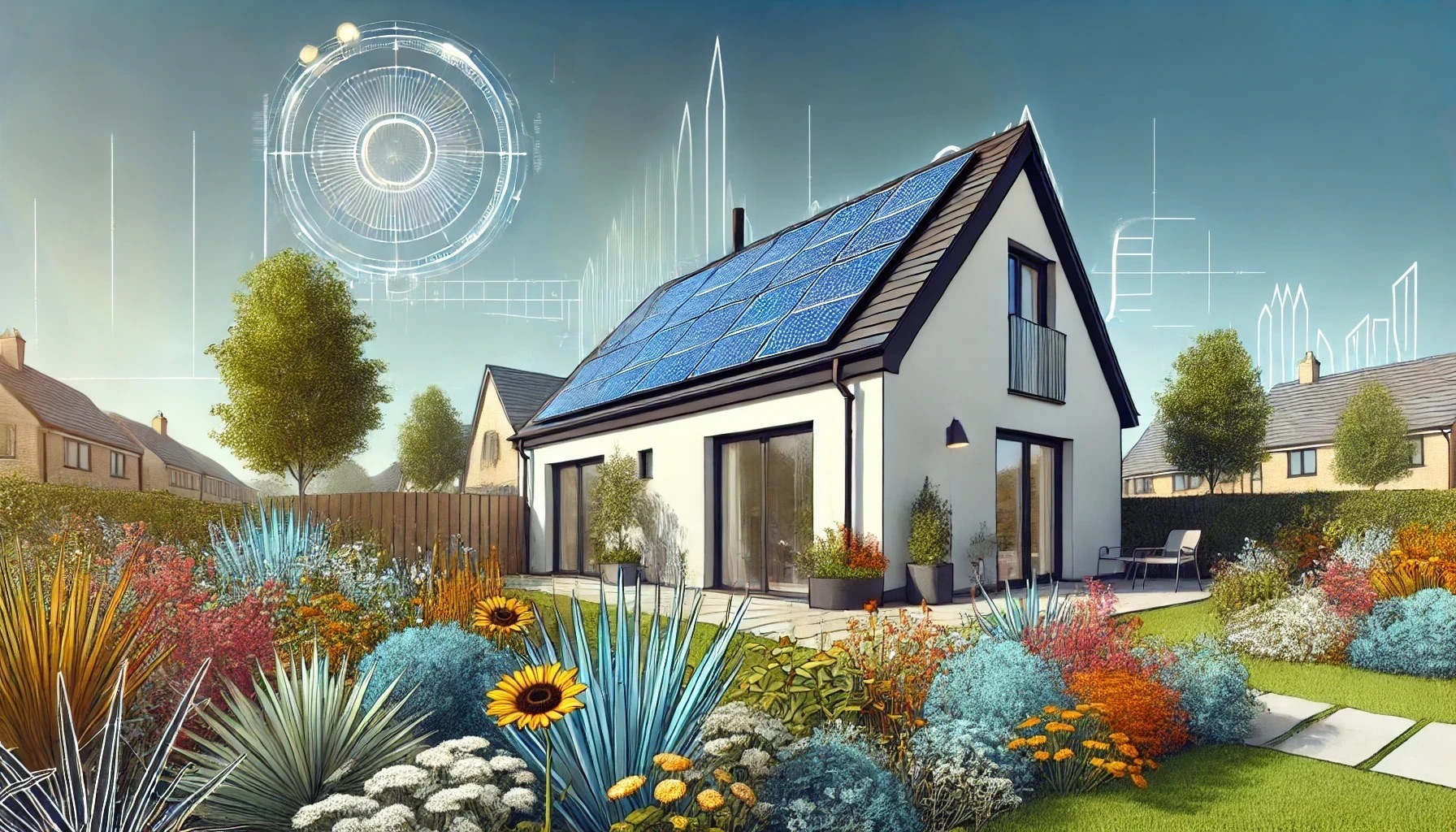 Best Angle For Solar Panels and Optimal Roof Direction
Best Angle For Solar Panels and Optimal Roof Direction
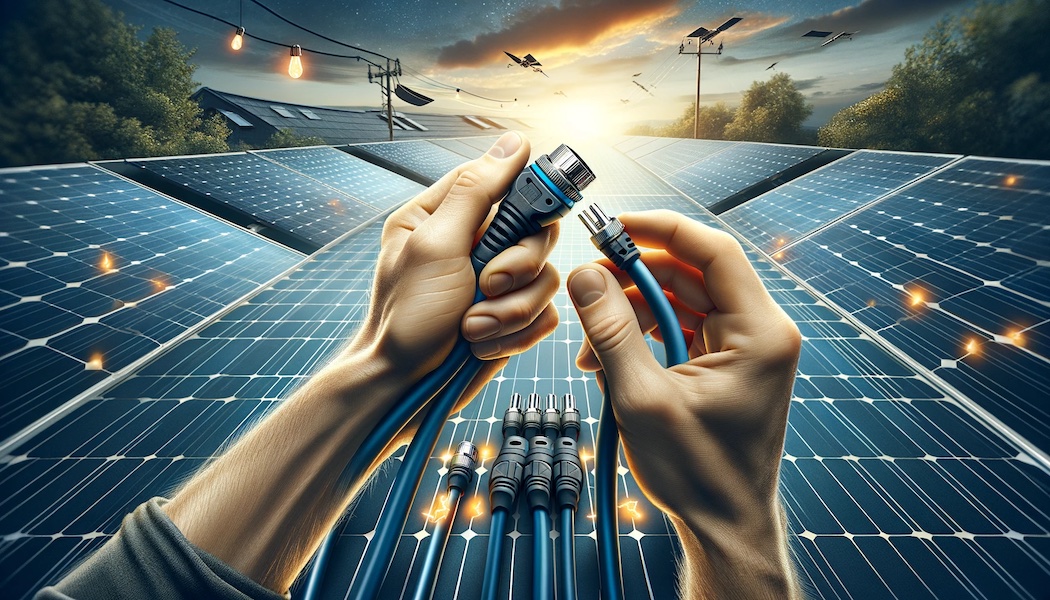 MC4 Connectors Useful Facts for Connecting Solar Panels
MC4 Connectors Useful Facts for Connecting Solar Panels
